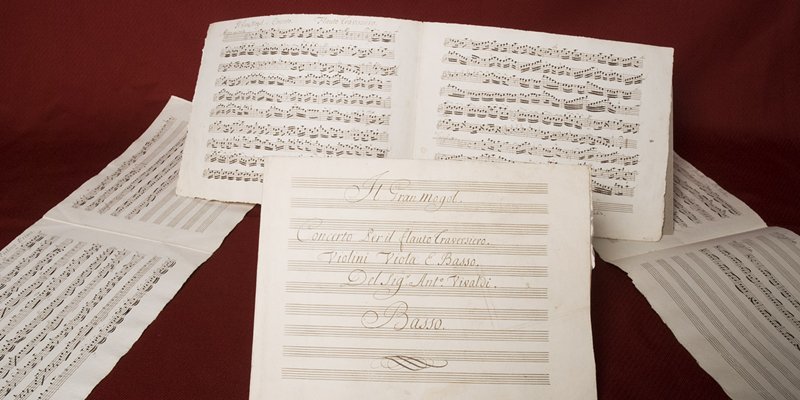Music lovers will have the chance to view a reproduction of a recently discovered score by Vivaldi performed for the first time in 250 years at Perth Concert Hall.
The score for Il Gran Mogol was found among the personal papers of the Marquess of Lothian at the National Archives of Scotland.
The flute concerto was identified as a lost part of a series of four “national” concertos by Vivaldi by Andrew Woolley, research fellow at Southampton University.
It was found almost in its entirety with only the second violin part missing. Mr Woolley was able to reconstruct the missing part by referring to the manuscript of another flute concerto by Vivaldi, kept in Turin, which appears to be a reworking of Il Gran Mogol.
The others in the series La Francia, La Spagna and L’Inghilterro remain lost.
Conservators have created the bound copy of the original music score to give a flavour of the original and allow inspection of the manuscript.
It was on display at Perth Concert Hall on Wednesday night as early music group La Serenissima performed it for the first time since the 18th century, and will now be moved for public viewing to the AK Bell Library.
It is believed the concerto was brought to Scotland as the property of nobleman Lord Robert Kerr, son of the 3rd Marquess of Lothian, who may have acquired it on a grand tour of Europe in the early 1700s.
The manuscript is not in Vivaldi’s hand but is a copy in the hand of an 18th century professional musician or copyist.
